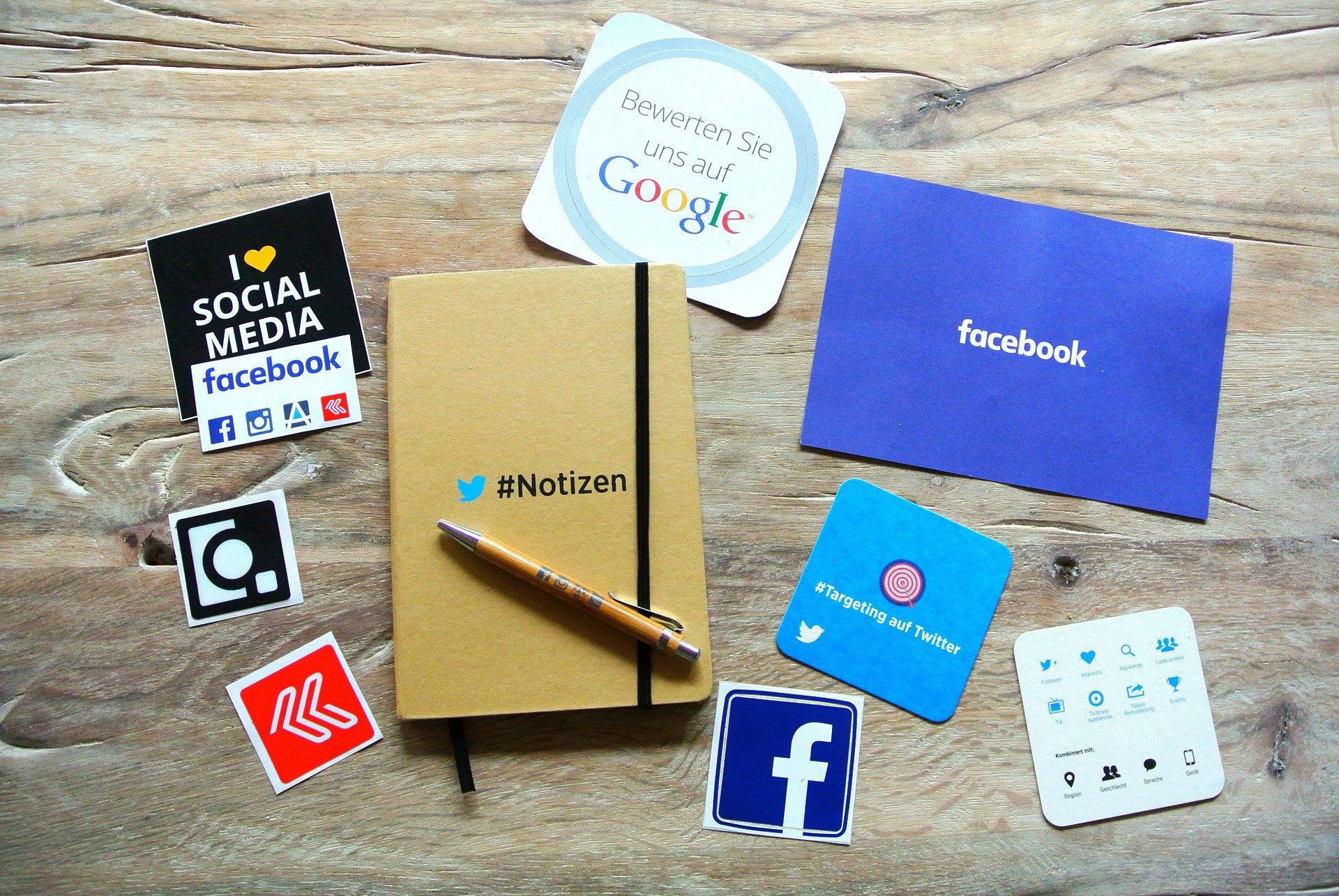Social Listening: Understanding Your Audience's Needs and Preferences
In the ever-evolving landscape of social media, where millions of conversations take place daily, understanding your audience's needs and preferences is paramount for building a successful online presence. Social listening, a strategic approach to monitoring and analyzing online conversations, offers a powerful tool to gain insights into your audience's opinions, sentiments, and desires. This comprehensive guide explores the concept of social listening and how it can empower businesses and individuals to connect more effectively with their target audience.
Unveiling the Power of Social Listening
1. Defining Social Listening
Active Observation: Social listening involves actively monitoring and analyzing conversations and mentions related to your brand, industry, or topics of interest.
Beyond Engagement Metrics: It goes beyond tracking likes and comments, delving into sentiment analysis and uncovering nuanced insights.
2. Enhancing Customer Understanding
Empathy and Engagement: Social listening fosters empathy by enabling you to understand your audience's pain points and experiences.
Anticipating Needs: By recognizing trends and emerging discussions, you can proactively address your audience's needs.

Leveraging Social Listening for Insights
1. Audience Segmentation
Identifying Segments: Analyze conversations to identify different segments within your audience based on preferences and behaviors.
Tailored Content: Use segment-specific insights to create content that resonates with each group.
2. Competitor Analysis
Benchmarking: Analyze how your brand's sentiment compares to competitors' and adjust your strategy accordingly.
Identifying Gaps: Uncover areas where competitors may be falling short and position yourself as a superior solution.
The Process of Social Listening
1. Setting Goals and Keywords
Defining Objectives: Clearly outline your goals, whether it's improving customer satisfaction or identifying new product opportunities.
Keyword Selection: Choose relevant keywords and phrases to monitor, encompassing brand names, industry terms, and related topics.
2. Monitoring and Analysis
Social Listening Tools: Utilize social listening platforms to track mentions and analyze sentiment across various channels.
Real-Time Insights: Gain real-time insights into trending discussions and sentiments related to your industry.
Responding and Engaging
1. Customer Feedback and Support
Direct Responses: Address customer inquiries, concerns, and feedback promptly to show your commitment to customer satisfaction.
Problem Resolution: Use social listening to identify and address customer issues before they escalate.
2. Influencer Engagement
Identifying Influencers: Social listening helps identify key influencers who are discussing your brand or industry.
Building Relationships: Engage with influencers and thought leaders to amplify your brand's reach.
Measuring and Refining Strategies
1. Performance Metrics
Sentiment Analysis: Track positive, negative, and neutral sentiment around your brand to gauge overall perception.
Engagement Rates: Monitor how effectively your content resonates with your audience.
2. Strategy Refinement
Iterative Approach: Continuously refine your social media strategy based on the insights gained from social listening.
Adaptation: Adjust your messaging, content, and engagement tactics to align with your audience's evolving preferences.

Embracing Social Listening for Success
In the era of data-driven decision-making, social listening emerges as a crucial tool for businesses and individuals seeking to establish meaningful connections with their audience. By understanding and responding to your audience's needs, preferences, and concerns, you can tailor your strategies and content to create a more resonant and engaging online presence. As you harness the power of social listening, you'll be better equipped to build stronger relationships, enhance customer satisfaction, and drive overall success in the dynamic world of social media.
Sources:
- Hootsuite. "What is Social Listening and Why is it Important?" https://blog.hootsuite.com/social-listening-business-tools-strategies/
- HubSpot. "Social Listening: What It Is, Why It Matters, and How to Do It Well." https://blog.hubspot.com/marketing/social-listening
- Sprout Social. "A Beginner's Guide to Social Listening: Get Real Insights From Your Audience." https://sproutsocial.com/insights/social-listening/
- Buffer. "The Complete Guide to Social Media Monitoring." https://buffer.com/library/social-media-monitoring-guide/
- Mention. "Social Listening: The Ultimate Guide." https://mention.com/en/blog/social-listening/